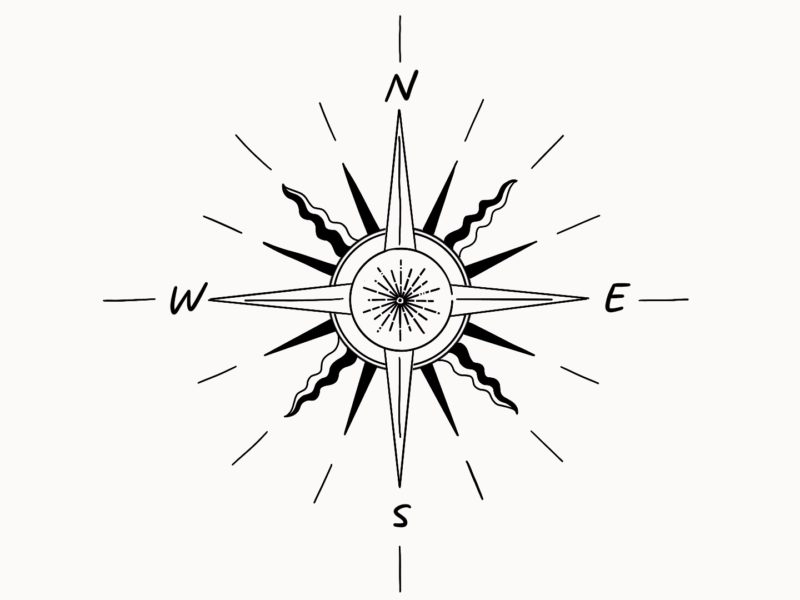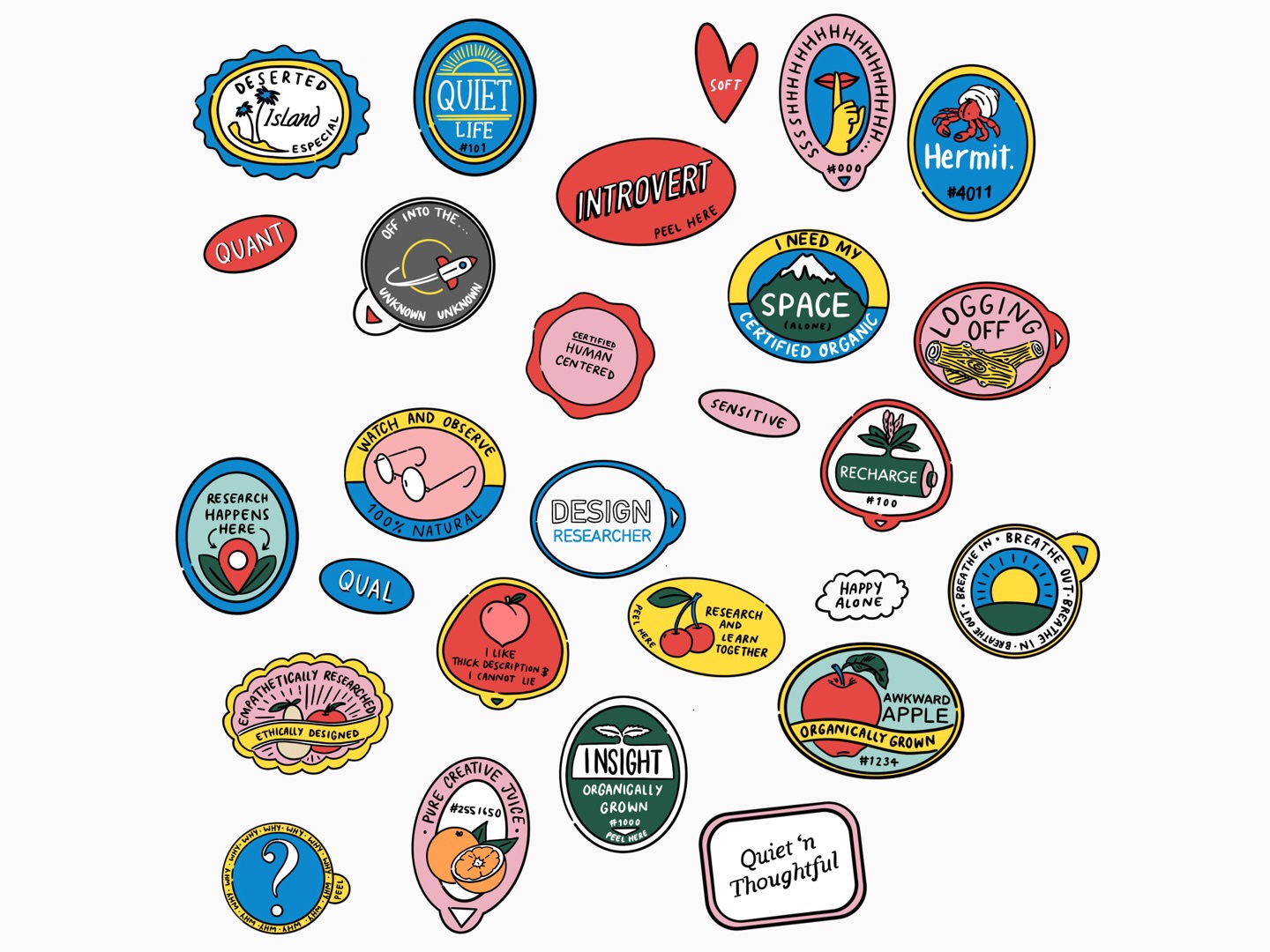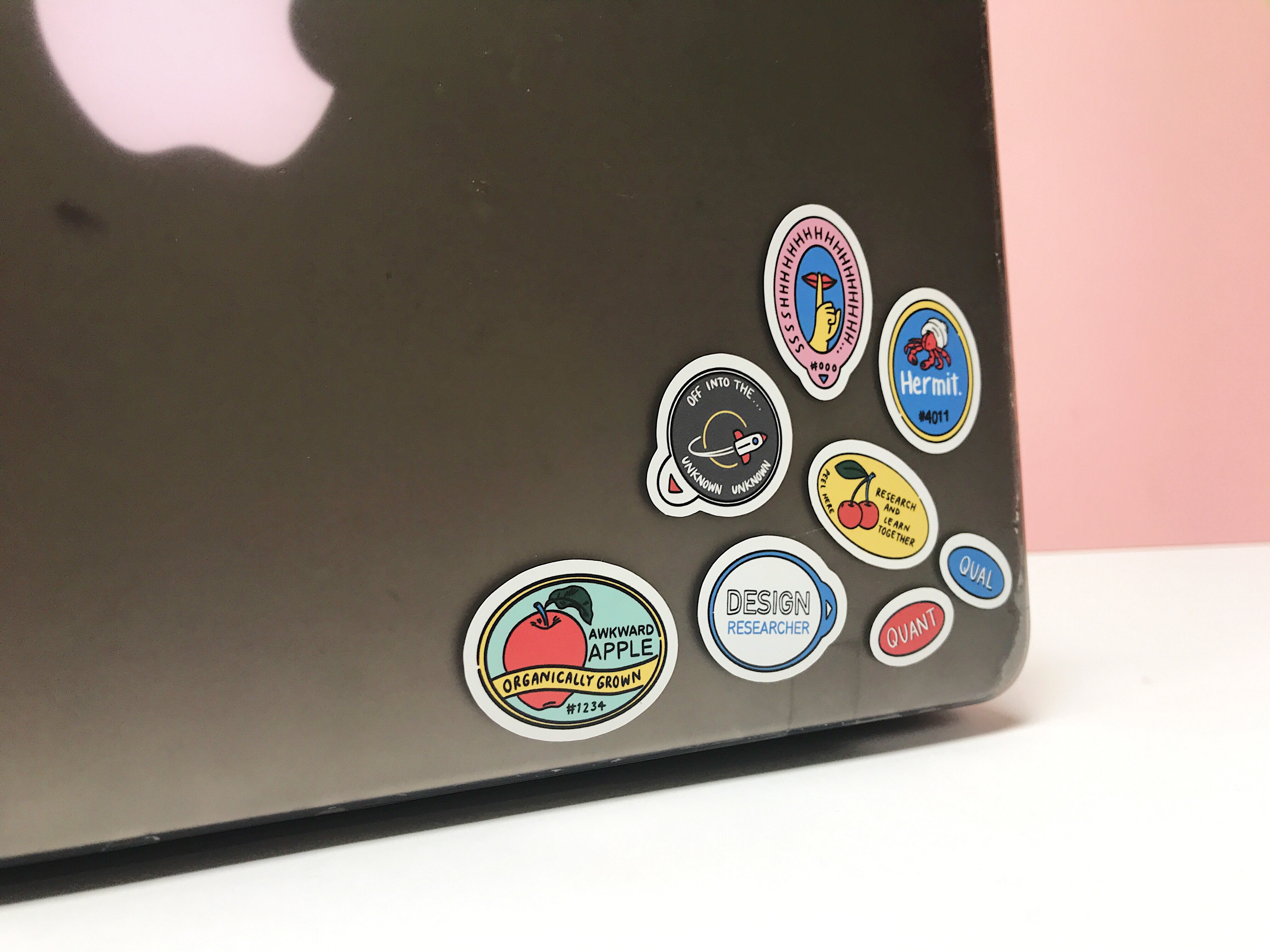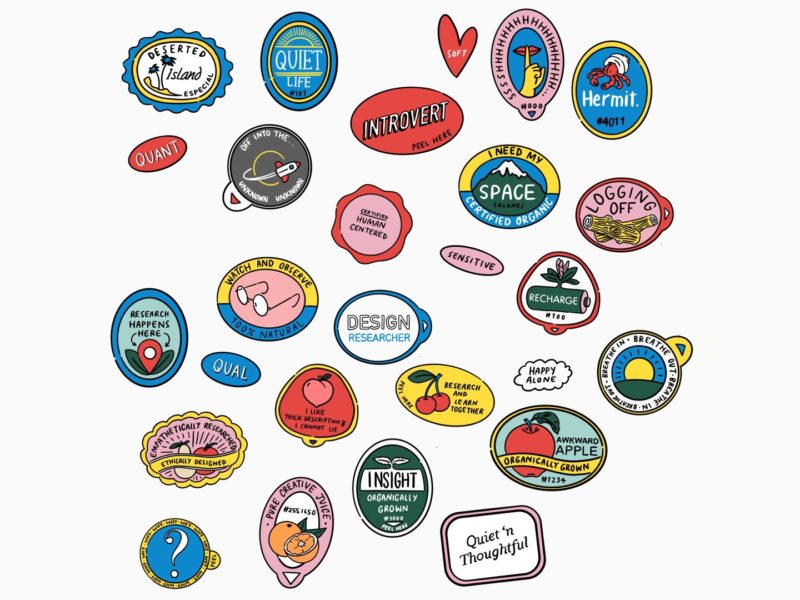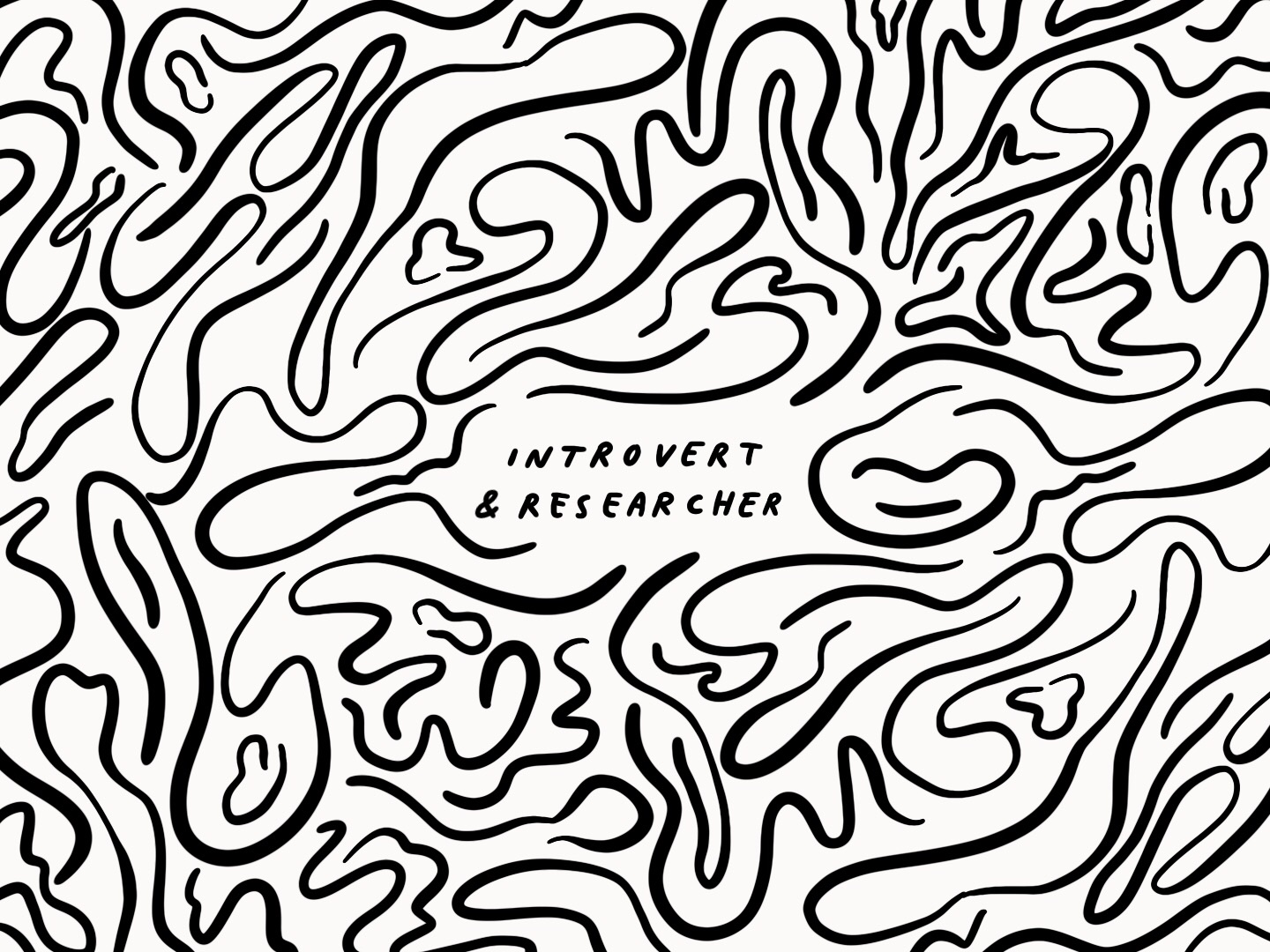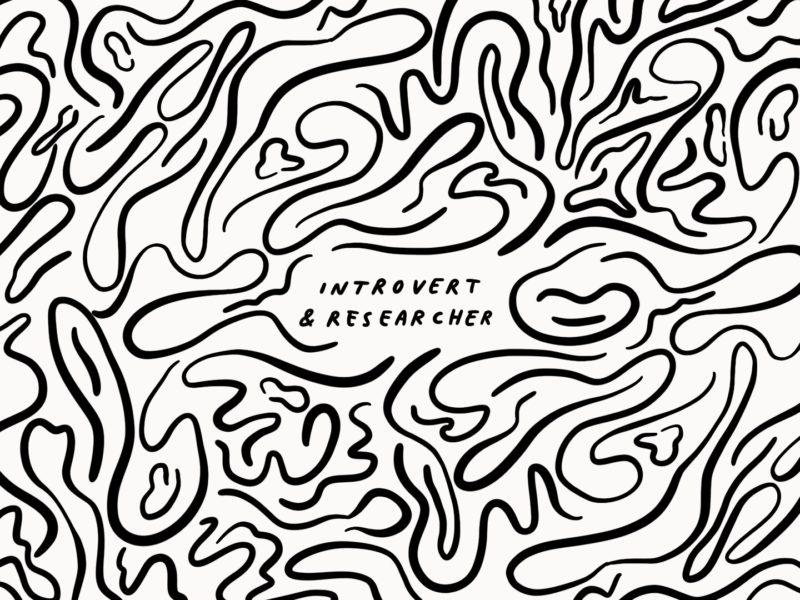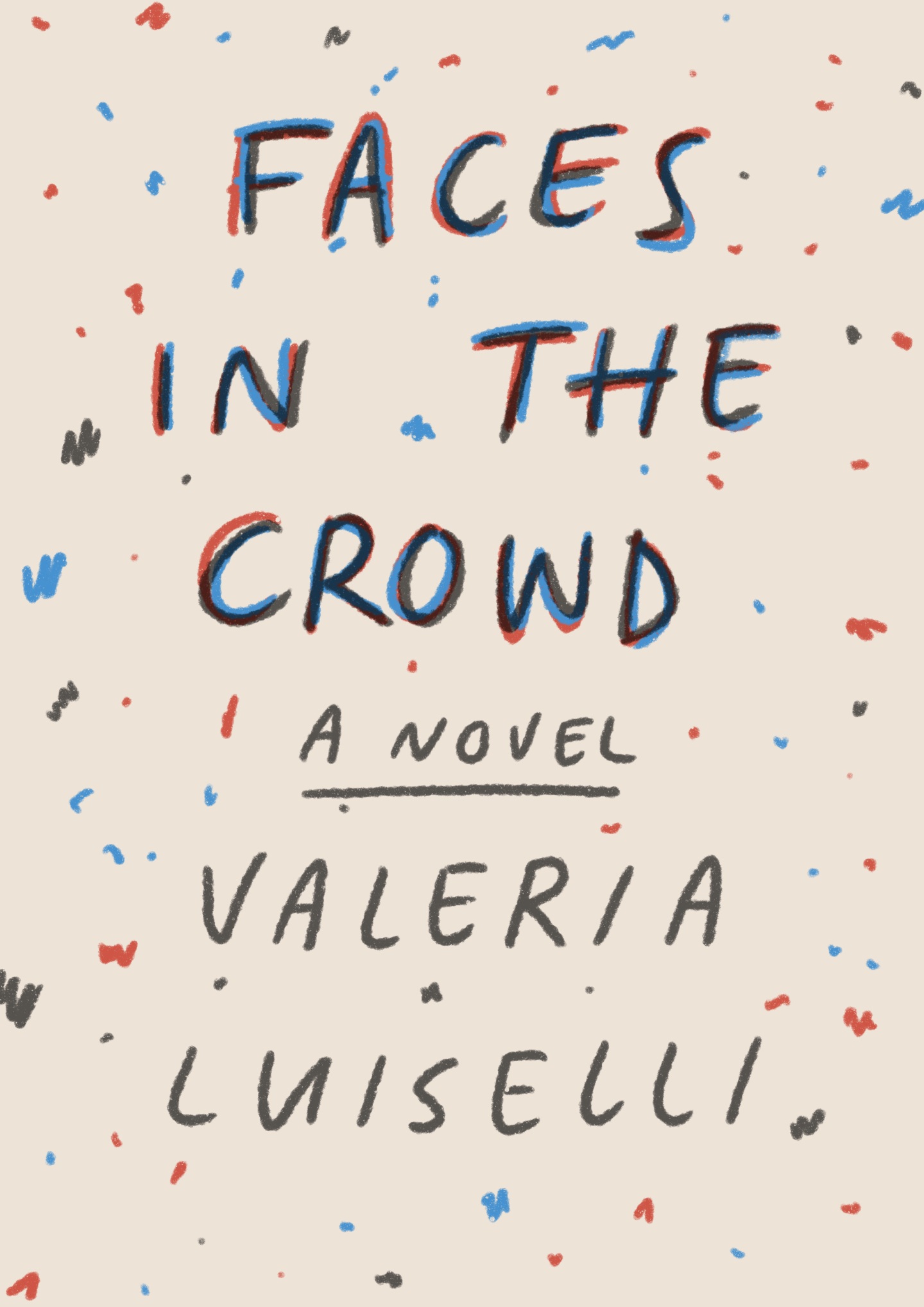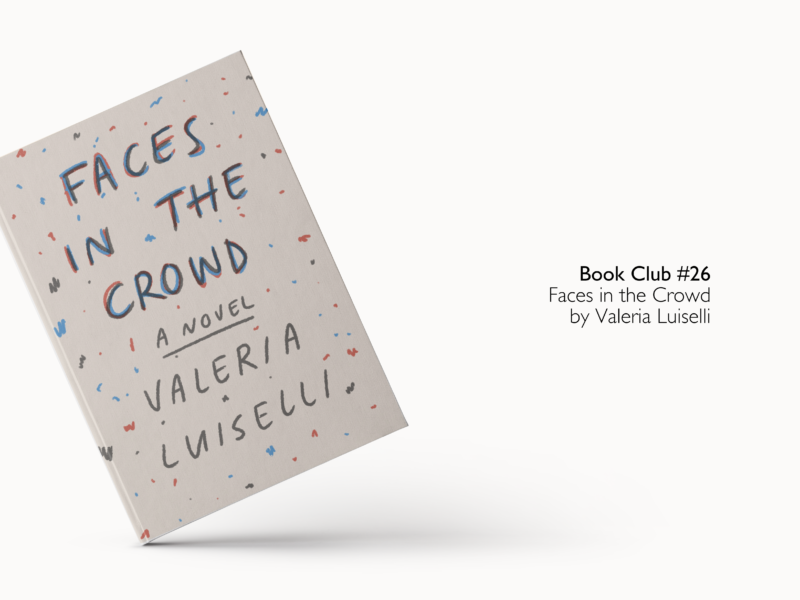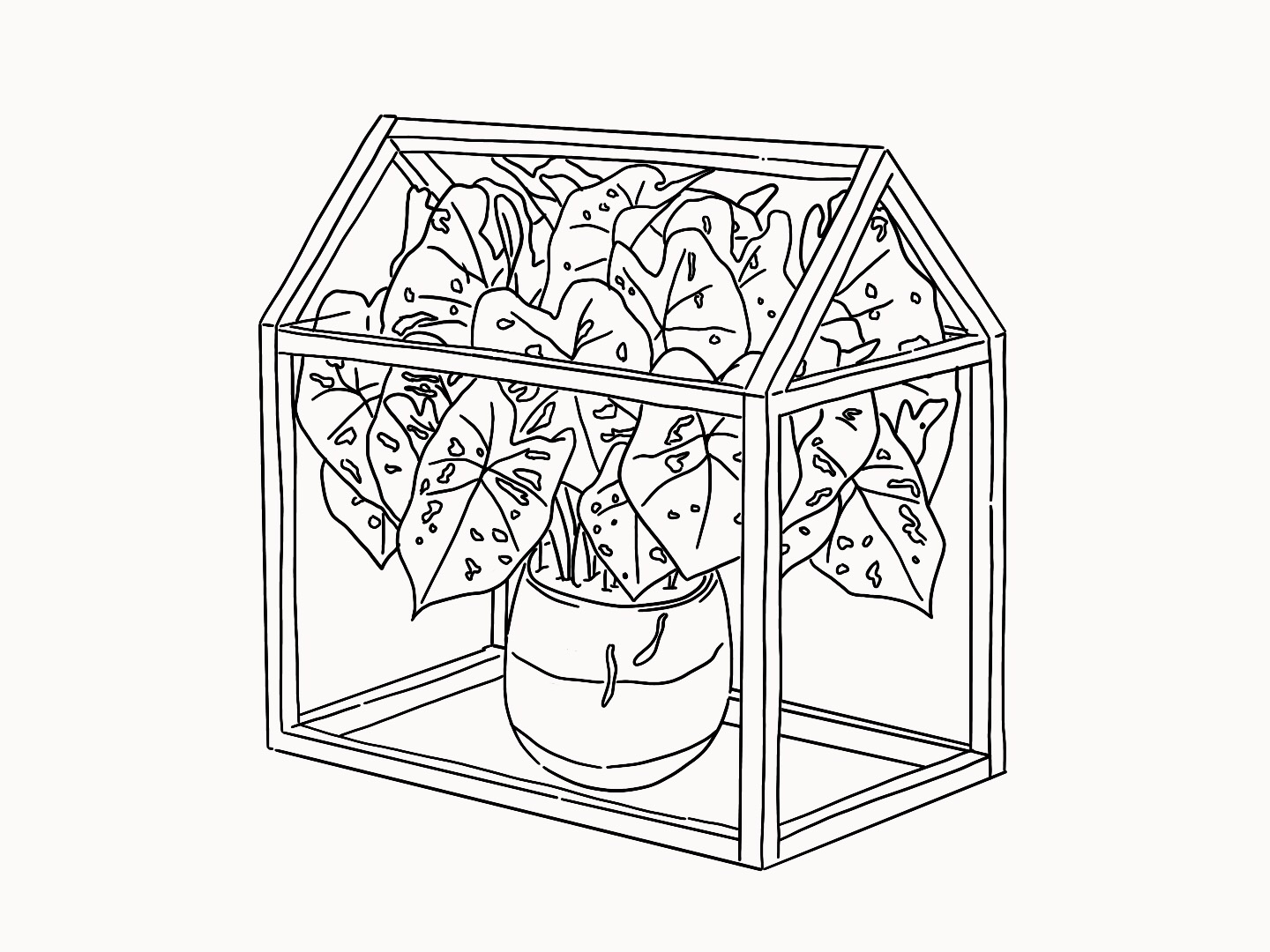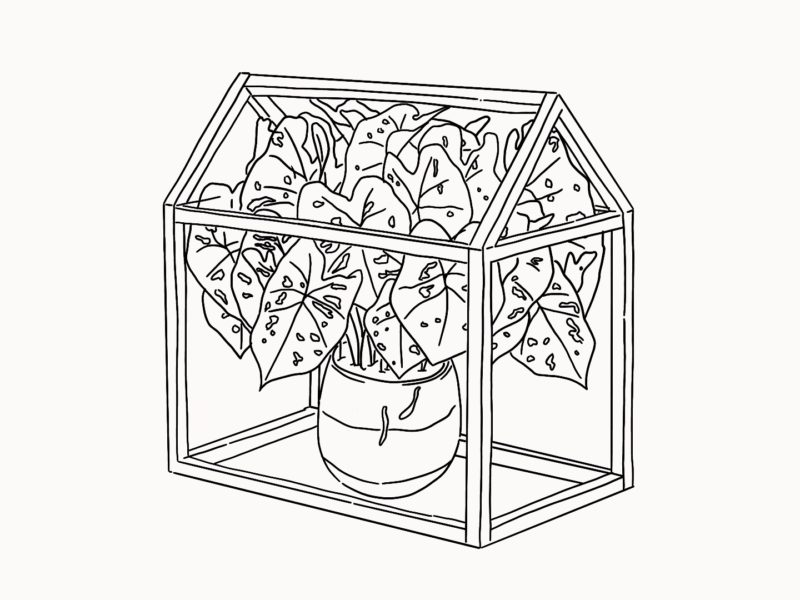I just turned 26.
My birthday week typically means a post filled with reflections on the year just passed. In previous years (and it is years now) I’ve written about what I’ve learned, what I’ve accomplished, and an update on what I’ve been doing on this blog. It’s been something a personal time capsule.
I read back through last year’s piece and I realised perhaps not that much on the surface has changed.
I’ve still been growing my illustration practice. I’ve still been working on that same project at work and been improving so much as a user researcher. I’ve still been trying to look after myself, to eat well and move around as much as I can.
But I feel like I’m on the cusp of a huge internal shift.
I think the last few years have been about getting myself, personally, to a place of stability. I needed to feel like I was on solid ground.
Now those base needs have been taken care of somewhat, I’ve started to look beyond myself. In particular, I’ve been reflecting on what my research and design practice could do and the kinds of work I ultimately want to be making.
Over the next few weeks I’m going to start changing up my online ‘branding’ for the want of a better word so it’s more in line with how I talk about what I do and how I want to present myself. If I’m honest, I’m a little embarrassed when colleagues find my portfolio and even this blog to some extent. That’s not a great feeling.
But more importantly I have aims much bigger than these digital walls for what my work might be able to do. In order to articulate that direction of travel and to keep me on course, I created a short manifesto for my work going forward that I can use as a north star.
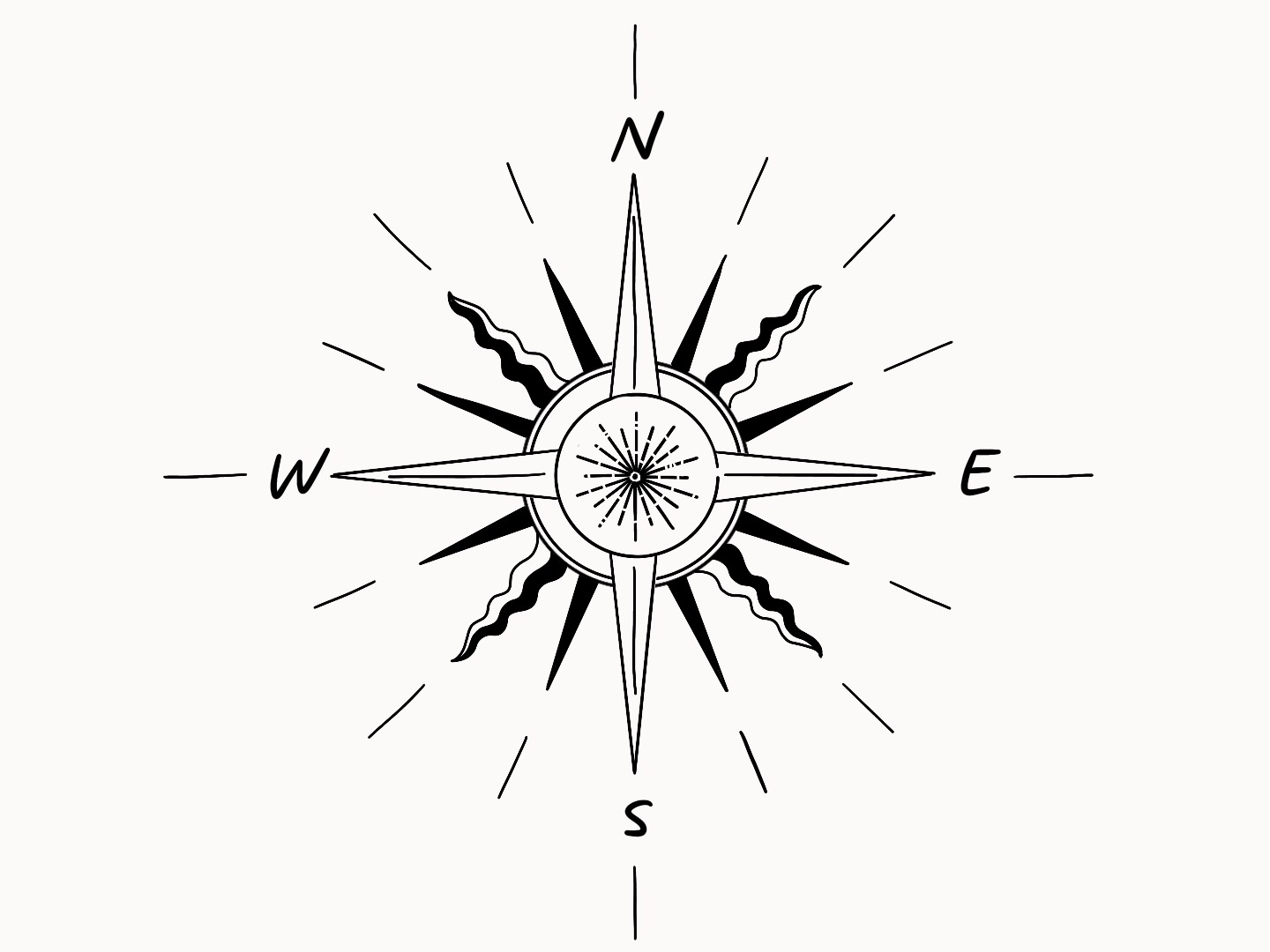
Ultimately, right now, I think I want to work towards work that reframes the narratives we have around society and technology/the designed world with an aim to reshape the power structures in those relationships.
I will pursue a research, design and visual practice that:
-
Is critical of existing power structures – while I may not get to choose every project I get to work on I want to be driven by my conscience and critical of who benefits directly and indirectly from the research I do and the interventions I’m involved in. I want my research to challenge those power structures and raise questions not only for myself but for others about who has control in each situation, including my own role as an author when it comes to research.
-
Is accessible and transparent – the workings behind certain pieces of design and technology are hidden behind opacity or within overwhelming amounts of information in order to create unequal power structures. I want my work to be challenge-able and so accessible and inclusive. That means a transparency within my ways of working, although simple transparency in every case may not be enough.
-
Is holistically sustainable – the work I make should be mindful of the environment it exists in physical and social. It should not cause that environment harm, wherever possible.
-
Is collaborative – I believe in the right to reply to research and I’ve seen first hand the power of co-design as an approach and it’s something I want to pursue further. A collaborative approach appears, to me, to be the only way to affect true mutually beneficial social change. It also begins to shift away from the idea of passive disempowered users of services and to elevate voices that aren’t my own.
-
Is a challenge to the boundaries of my understanding – our world views and the theories we apply to what we experience are necessarily limited. While I will never unmake my inherent biases, I want to pursue work in a way that makes me conscious of those biases and systems and questions the impact they have on my understanding of the world, and so the content of my work.


